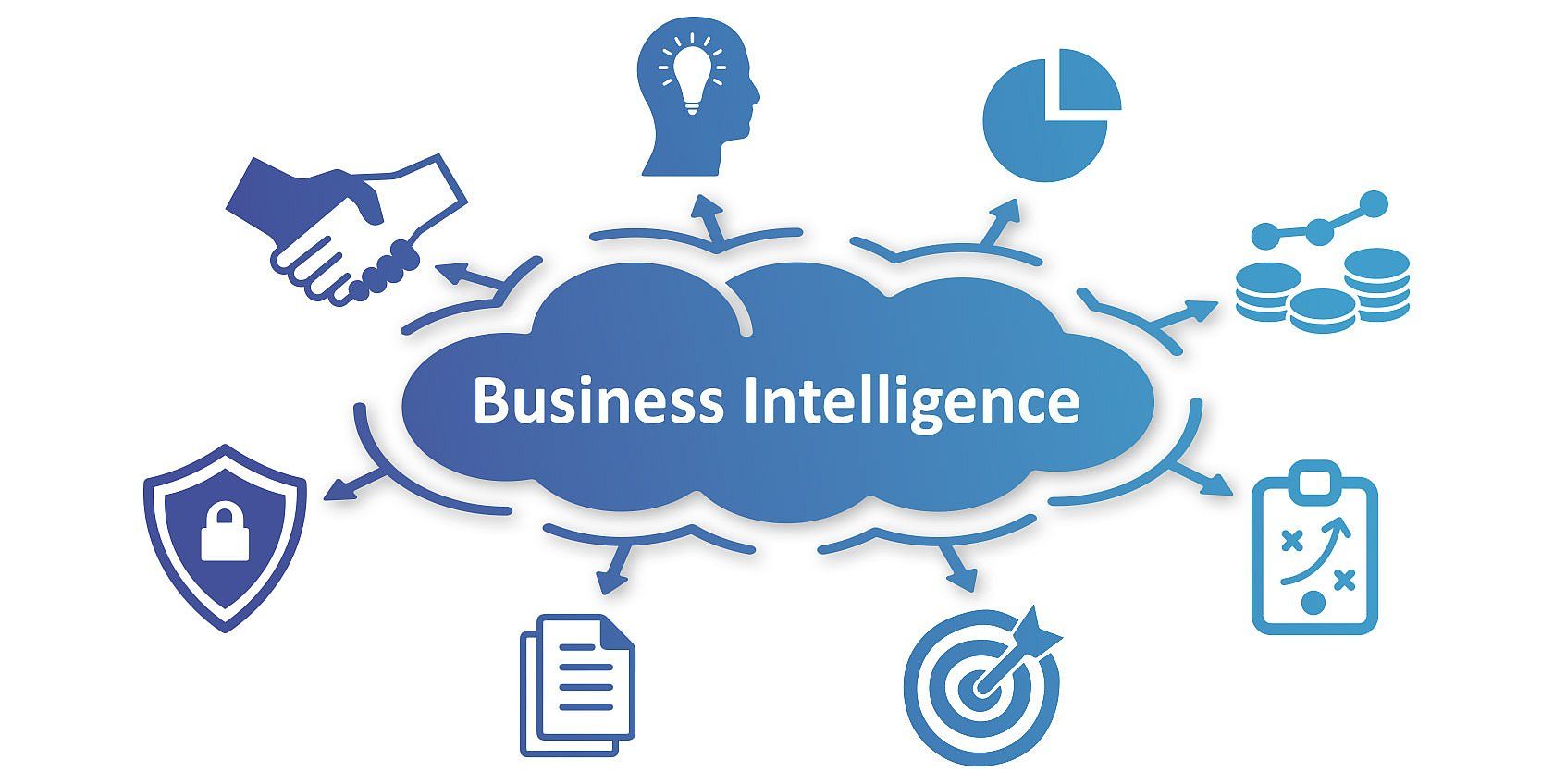Data is a valuable asset that has become a vital element of the business world. It can be used to create or destroy a company. To fully realize the power of data, companies are turning to powerful tools like Power BI and Microsoft Fabric. These platforms are the linchpins of business intelligence, and when combined with Azure Data Factory, they can be a force that is unstoppable in data analysis and decision-making.
Power BI: Your Business Intelligence Companion
Power BI is an application for business intelligence by Microsoft that enables organizations to see their data and share insights. It allows users to create interactive dashboards and reports by transforming data into valuable information.

Power BI can be tailored to meet your individual needs regardless of whether you’re starting out or are a big business. It works with a variety of data sources to make it simpler for users to consolidate data from various systems and databases. Even non-technical users can use it to create reports quickly and analysis with its intuitive drag-and-drop interface.
The Power BI platform supports real-time processing of data, ensuring you’re always working with most current information. It offers a wide range of graphs and visualizations that allow you to present information in a comprehensible, appealing way. It is important to communicate and collaborate on reports. This can improve decisions within your business and promote a data-driven culture.
Microsoft Fabric: Weaving Data Excel
Microsoft Fabric is an underlying framework that connects and manages the data of various Microsoft services. Fabric is the thing that makes data into an ad-hoc entity that can be used by companies.
Microsoft Fabric is the foundation of data integrity and consistency as businesses face ever-increasing volumes of data. Microsoft Fabric works with a variety of applications from Azure Data Lake Storage, Azure SQL Data Warehouse and Power BI. This connectivity ensures that information flows smoothly and that insights can be derived from a variety of sources.
The broad range of Microsoft Fabric is apparent in its capabilities to transform data. Use it to clean up and prepare data for analysis. You can also use it to ensure data adheres to your company’s guidelines for data governance. Microsoft Fabric assures you that your data is accurate, reliable and ready for analysis.
Azure Data Factory: The Gateway to Data Transformation
Azure Data Factory is another essential component in the modern business intelligence landscape. It’s a cloud-based data integration tool that allows users to design, schedule, and manage data-driven workflows. Azure Data Factory allows for insightful insights by orchestrating the transformation of data and its movement.
Azure Data Factory is several strengths, including its ability to integrate with various data sources. Your data is able to be integrated effortlessly, whether on-premises, in the cloud or both. This gives you an overview of the entire ecosystem regardless of where the data is located. The platform is able to handle batches of processing, real-time streams of data and big data analytics. This makes it suitable for many scenarios.
Azure Data Factory offers a visual interface that simplifies the design of data pipelines. You don’t need to be an expert in coding to design, schedule, or monitor data workflows. This lets business users take control of their data integration processes and can open the way to self-service data preparation.
Power BI with Microsoft Fabric, Azure Data Factory, and Power BI
If Power BI, Microsoft Fabric, and Azure Data Factory come together to form a dynamic trio that can revolutionize your data analytics initiatives. These three technologies can work in synergy:
1. Data Integration: Azure Data Factory can connect to many sources of data and make sure that your data is accessible. The data integration feature feeds into Microsoft Fabric, which orchestrates data across a variety of services. This will ensure that your data is correctly organized, cleaned and then is ready to be used in Power BI analysis.
2. Data Transformation: Microsoft Fabric plays a essential role in data transformation that allows you to alter your data to meet the needs of your analysis. If it’s data-wrangling, cleaning, or even transforming it, the fabric makes sure that your data is curated to provide meaningful insights.
3. Data Visualization: Once your data has been cleaned and sorted, Power BI takes over. Power BI allows you to develop visually appealing reports as well as dashboards that make complex data understandable. These insights can be shared with your team to inspire data-driven decisions.
4. Scalability: Azure Data Factory can expand to handle growing numbers of data. Combining Power BI with Microsoft Fabric will ensure that your data is constant and reliable, even when your business grows.
5. Power BI & Azure Data Factory provides real-time insights that is vital for a fast and efficient decision making.
We also have a conclusion.
The business intelligence industry is growing rapidly and to remain competitive organizations need to harness the power of data. Power BI, Microsoft Fabric, and Azure Data Factory offer a powerful set of tools that can take your business intelligence initiatives to new levels. This trio can help you create stunning visuals to improve data consistency, and streamline workflows. Discover the potential of your data by utilizing business intelligence.